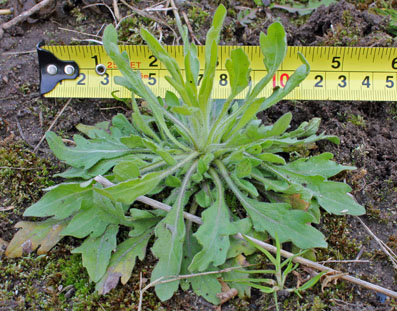Red Clover Haylage
Red clover haylage can sometimes be a good alternative to alfalfa. Under ideal conditions alfalfa will usually outyield red clover. However, in areas where alfalfa winterkill is a problem, red clover better tolerates imperfect drainage and lower pH levels, and can be grown in fields that are too wet or low pH for alfalfa. Red clover feed […]
